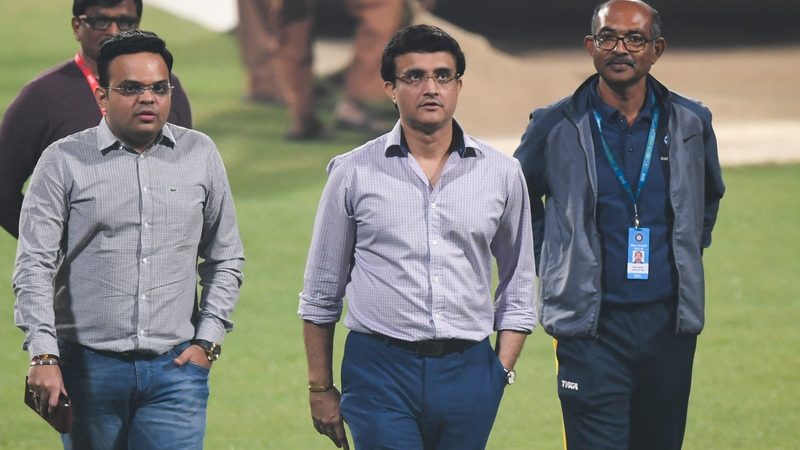
The Indian T20 league has suffered at the hands of the ongoing COVID-19 pandemic. Despite the rise in cases in the country, the Board of Control for Cricket in India (BCCI) went ahead and organised the cash-rich league.
While the tournament remained unscathed for the initial few weeks, the virus eventually nailed the league by infecting several players and support staff.
With the cases rising by the hour, the BCCI had no option but to postpone the league indefinitely. While some players have reached their respective destinations, others are being made to wait anxiously due to various government policies.
Whether and when the league will resume has grabbed the headlines across platforms. Given the cramped international calendar, the BCCI is working overtime, weighing various options. While we leave it to time to decide on the league’s fate, BCCI president Sourav Ganguly has defended the call of staging the tournament in the country.
As reported by the Indian Express, Ganguly refused to accept that it wasn’t a pragmatic decision to hold the tournament in a country which was reeling due to the pandemic.
“When we decided, the number was not even close to this. We did the England tour successfully. It was discussed, but the (COVID-19 cases) in India in February was (virtually) nothing. It has just gone through the roof in the last three weeks. Before that it was nothing. We discussed about the UAE but then decided to do it in India,” said Ganguly”
The former Indian skipper was even quizzed on whether there was any bubble-breach. “I don’t think so. The report we got is that there’s no breach of the bubble. How it happened is very difficult to say. How so many people are getting (infected) in the country is also very difficult to say,” Ganguly responded.
The Prince of Kolkata even justified the decision to host the tournament across six cities in India. “There was no (COVID spike) in India. So it’s very easy to say now, but when this tournament was organised, COVID numbers (in India) were nothing. We started with Mumbai and finished there without any cases. And Mumbai was very high (number of active COVID cases) then.”
Featured Image: AFP/ Dibyangshu Sarkar



















